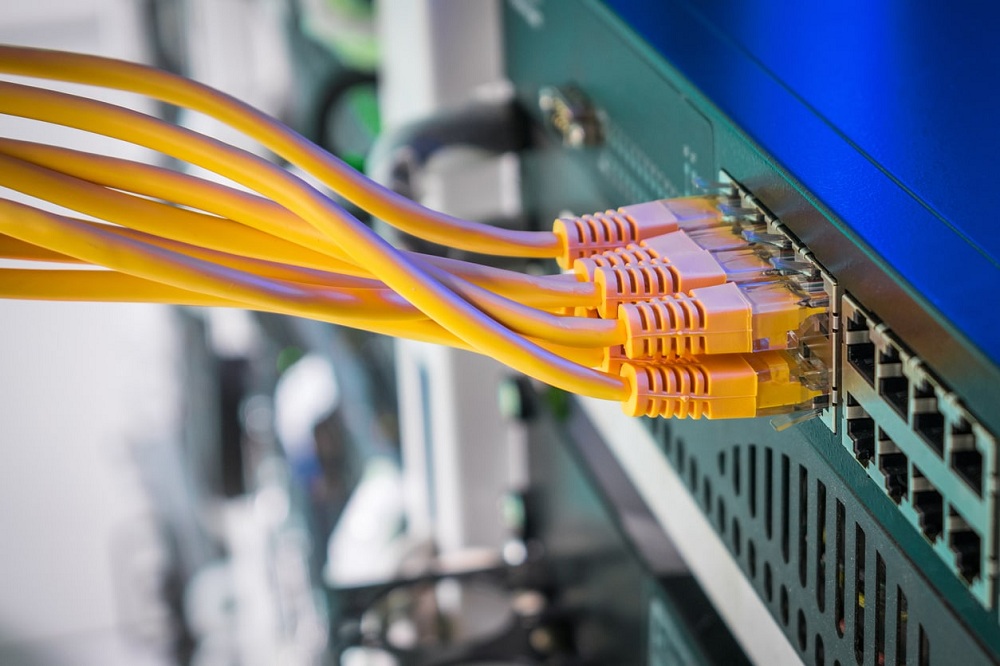People who handle fiber optics should recognize the corresponding risks surrounding installation and maintenance. Learning about these dangers can help develop strategies that promote best practices on safety. The following are hazards of working with fiber optics and the necessary safety precautions that professionals should consider.
Eye Exposure
One of the risks of handling fiber optics is eye exposure. Electricians who handle fiber optics should refrain from looking directly. It is because the cable contains infrared light that is invisible to the eye. The safe approach is to use a power meter to determine the source. Similarly, testing tools from Fiber management software are readily available to perform checks.
Another significant risk comes from fiber scraps that can get into a person’s eyes. Since these scraps are difficult to see, it can become a burden to remove and might lead to a visit to the emergency room. That is why it is essential to wear safety glasses when handling fiber optics.
Handling Materials
There is also the danger of handling materials. Fiber optic splicing requires the use of chemicals and adhesives to fulfill specifications. It is important for practitioners to familiarize with safety requirements and standards on the use of various substances. Studying the material safety data sheets (MSDS) is helpful to determine the suitable option. Also, using a fiber management software can offer ways that personnel can fulfill these tasks safely.
Fire Prevention
Practitioners should also recognize the potential fire hazard of handling fiber optics. Note that the process of splicing involves using an electric arc that is highly flammable. That is why most of the work occurs in a controlled environment. People should refrain from smoking during the process. They should also ensure that the place is clean to prevent the risk of exposure to combustible substances.
Electrical
Lastly, there is the hazard of people experiencing electrocution when handling fiber optics. Although limited reports of death occur, there are incidents of such situation. That is why it is essential for installers to remain knowledgeable of their work environment. Specifically, they should become aware that the hardware that goes with fiber optics can conduct electricity.
Promoting Safety
The points above indicate that working with fiber optics require sufficient knowledge of the material and its different hazards. Electricians need to recognize the different factors that can cause problems. For example, poor workmanship and incomplete construction can lead to safety problems. More importantly, the use of safety equipment such as goggles, gloves, and disposable aprons can prevent any mishaps that can cause minor or serious injuries.
Safety also relates to controlling the environment where electricians work. In project sites, there should always be a designated area where people can conduct splicing and adhesive work. Also, the location should have proper storage and address potential complications such as power hazards, stray voltage, or other issues that can endanger people.
Overall, it is imperative that people who handle fiber optics undergo training before performing specific tasks. Formal training ensures that they are knowledgeable about its use and respond to hazards by following safety standards and requirements.
Fiber management software helps make life easier for companies facing challenges in installing or managing fiber networks. Contact 3-GIS today if you want dependable tools and solutions. You can also try to contact a manufacturer of fiber optic cable enclosures.



